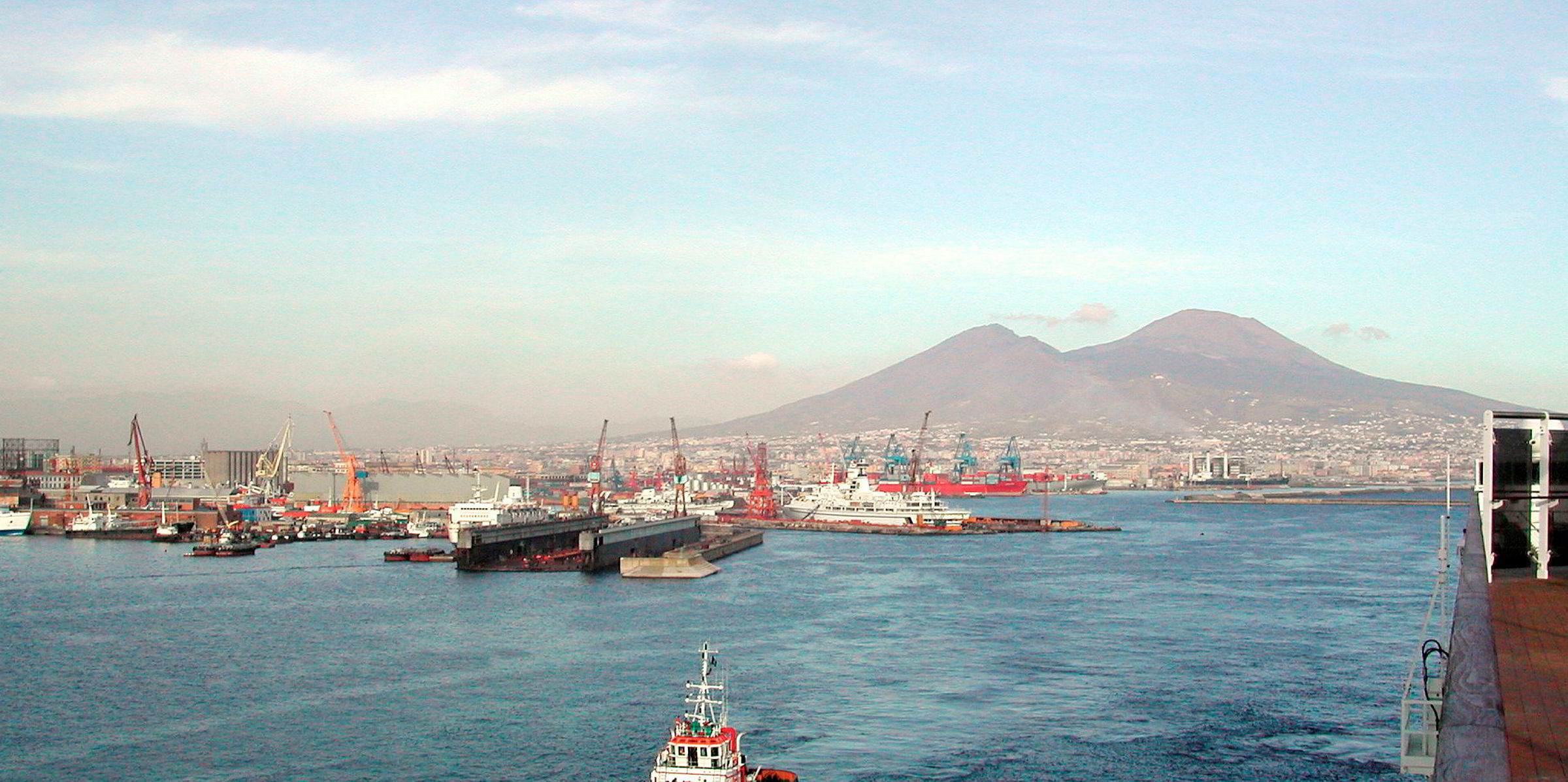Oil-refineries across the globe have “sat up” for the shipping industry by ensuring the availability of IMO 2020-compliant fuels, an industry forum was told.
While the IMO 2020 is expected to trigger a major shake-up in the oil product markets, the severe shortage of compliant fuels and extreme fuel pricing volatility earlier feared by the industry have not materialised, according to some industry experts.
“In terms of the awareness around the world [for] IMO 2020, I have never seen anything that gets so much awareness…apart from the greenhouse gas agenda,” International Bunker Industry Association director Unni Einemo said at the Platts Essential Commodities Exchange forum.
Based on the IMO rules, nearly all vessels will need to switch from high-sulphur fuel oil (HSFO) to marine gasoil (MGO) or new grades of 0.5%-sulphur fuel, also known as low-sulphur fuel oil or very low-sulphur fuel oil, from January unless they are installed with scrubbers.
“The IMO regulates the ships, doesn’t regulate the refineries. Despite this, the refineries sat up and paid attention, even if this means half of the HSFO market is going to disappear. And they are taking action accordingly,” Einemo said.
Sharing a similar view, 20|20 Marine Energy senior partner Adrian Tolson said: “In the last two months, every day another refinery announces they would be supplying very low-sulphur fuel oil.”
According to an earlier survey of TradeWinds Knowledge, 17 of the world’s 18 largest bunking hubs would be able to supply 0.5%-sulphur fuel come January.
“The global pattern is clear. There is plenty of low sulphur [fuel],” said Tolson, even as he admitted there may be shortage of the new grades at some ports. “There are a lot of people producing [it].”
Bunker price differentials
In Singapore, the world’s largest bunkering hub, Ship & Bunker assessed HSFO price at $293 per tonne, 0.5%-sulphur fuel at $553 per tonne, and MGO at $584 per tonne as of Monday.
Consultancy Shipping Strategy’s managing director Mark Williams pointed out the premium of MGO to 0.5%-sulphur fuel was narrower than anticipation, while the spread between HSFO and 0.5%-sulphur fuel was generally in line with market expectation.
With 0.5%-sulphur fuel being new grades, “for many shipowners the likely outcome is that they may as well choose the MGO,” Williams said.
“The key thing for the shipping industry is basically stability and compatibility,” Refinitiv’s lead shipping analyst Amrit Singh. “Some people will be more comfortable…staying with MGO.”
Offering a different view, Einemo predicted 0.5%-sulphur fuel would generally be preferred unless compatibility issues occur at a large scale.
“$30 dollar per tonne [between MGO price and 0.5%-sulphur fuel] is a big enough cost,” said Einemo.
“We are coming from a market where traditionally you see bunker companies competing for as little as 50 cents, or one dollar.”
“The supply side has by and large focused on producing very low sulphur fuel oil, partly because they know their buyers are driven by the economics.”
According to Tolson, the wholesale price of 0.5%-sulphur fuel is lower than the retail bunker price by about $80 to $100 per tonne, with temporary factors such as limited barge capacity due to tank cleaning and dislocations of supply in some parts of the world.
The gap will be gradually closed in the coming months, likely leading to a larger premium of MGO to 0.5%-sulphur fuel, Tolson suggested.
“The pricings right now are not very reflective of what we're going to see in the future,” Tolson said. “We're in transitional phase here.”
The story was updated in the headline and the first and fifth paragraphs to accurately reflect what International Bunker Industry Association director Unni Einemo said during the forum.






